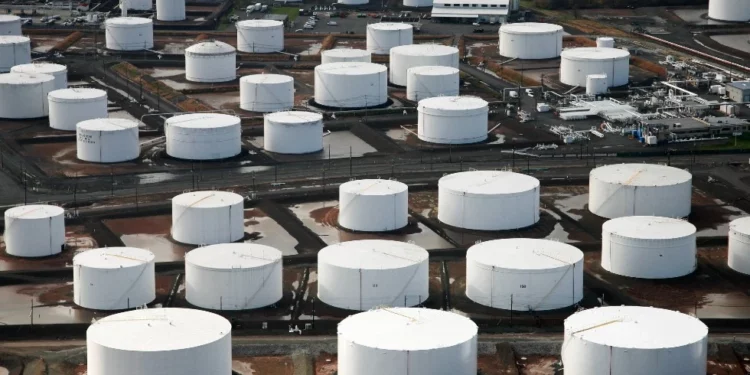As we navigate the 21st century, the energy landscape continues to evolve, yet oil remains a significant source of energy worldwide. Despite burgeoning interest in renewable energy, oil continues to hold sway over global economic dynamics. From running our cars to powering industries, the world’s oil reserves are a crucial aspect of our modern lifestyle.
The Top of the Chart: Venezuela and Saudi Arabia
Leading the pack in oil reserves, Venezuela boasts an impressive 303.8 billion barrels. This South American country possesses the largest proven oil reserves globally, even surpassing the Middle Eastern giant, Saudi Arabia, which stands at 258.6 billion barrels.
Middle Eastern Dominance
The Middle East, often considered the world’s oil hub, has other prominent players besides Saudi Arabia. Iran and Iraq have substantial reserves of 208.6 and 145 billion barrels, respectively. Similarly, Kuwait and the United Arab Emirates (UAE) aren’t far behind with their reserves standing at 101.5 and 97.8 billion barrels respectively.
Other Significant Players
Outside of the Middle East, Canada holds a noteworthy position with oil reserves of 170.3 billion barrels. Russia, a global energy superpower, has reserves of 80 billion barrels, while the US, despite being one of the world’s largest oil consumers, has reserves of 47.1 billion barrels.
Emerging Economies and Their Reserves
Countries like Nigeria, Kazakhstan, China, Qatar, and Brazil hold significant reserves ranging from 12.7 to 36.8 billion barrels. These countries are increasingly important in the global oil market, particularly as their economies continue to grow and industrialize.
Smaller yet Significant
Algeria, Ecuador, Norway, Angola, and Azerbaijan have smaller reserves, ranging from 7 to 12.2 billion barrels. Despite their lesser quantities, these countries play a crucial role in regional energy security and the global energy market.
Countries with Modest Reserves
Then there are countries like Mexico, Oman, Sudan, India, Vietnam, Malaysia, Egypt, the UK, Argentina, Indonesia, and Australia with reserves ranging from 2.4 to 5.7 billion barrels. Their reserves may not be as vast, but they still contribute to the global oil supply chain.
The Lower End of the Spectrum
Finally, at the lower end of the spectrum, we have countries like Pakistan, Italy, Denmark, Turkey, Spain, Germany, France, Japan, and Greece. These nations have reserves ranging from a mere 0.01 to 0.54 billion barrels. Despite the lower figures, it’s important to remember that these countries often have diversified energy mixes and less reliance on oil for their energy needs.
Oil reserves (billion barrels):
🇻🇪 Venezuela: 303.8
🇸🇦 Saudi Arabia: 258.6
🇮🇷 Iran: 208.6
🇨🇦 Canada: 170.3
🇮🇶 Iraq: 145
🇰🇼 Kuwait: 101.5
🇦🇪 UAE: 97.8
🇷🇺 Russia: 80
🇱🇾 Libya: 48.3
🇺🇸 US: 47.1
🇳🇬 Nigeria: 36.8
🇰🇿 Kazakhstan: 30
🇨🇳 China: 26
🇶🇦 Qatar: 25.2
🇧🇷 Brazil: 12.7
🇩🇿…— World of Statistics (@stats_feed) May 8, 2023
In conclusion, the global distribution of oil reserves is uneven, concentrated in a few resource-rich countries. As we continue to grapple with the challenges of climate change, the conversation around these reserves is changing. The focus is now more than ever on how we can transition away from our reliance on oil and towards more sustainable energy sources. Nonetheless, understanding the distribution of these reserves remains a critical aspect of global geopolitics and economics.






